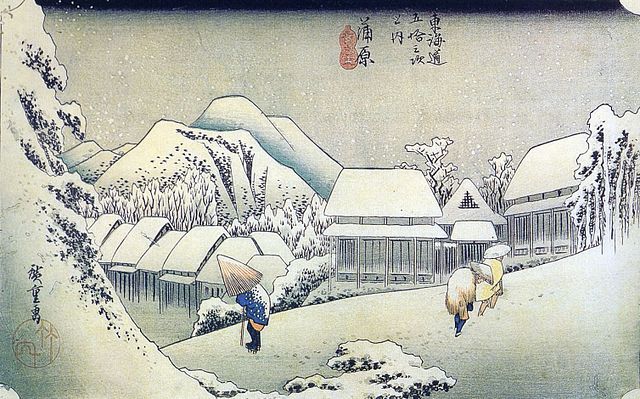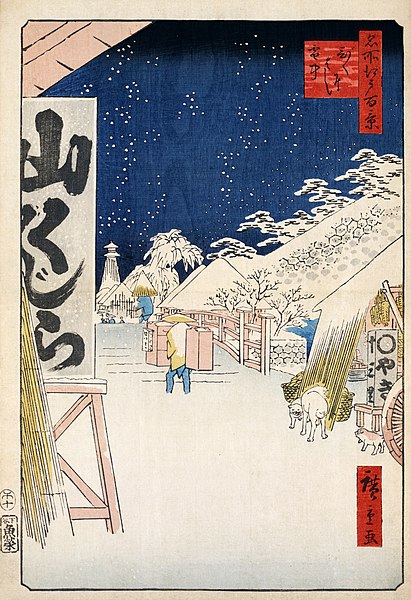
Through the generosity of the late Professor Benedict Anderson and Ajarn Charnvit Kasetsiri, the Thammasat University Library has newly acquired some important books of interest for students of Association of Southeast Asian Nations (ASEAN) studies, political science, sociology, and related fields.
They are part of a special bequest of over 2800 books from the personal scholarly library of Professor Benedict Anderson at Cornell University, in addition to the previous donation of books from the library of Professor Anderson at his home in Bangkok. These newly available items will be on the TU Library shelves for the benefit of our students and ajarns. They are shelved in the Charnvit Kasetsiri Room of the Pridi Banomyong Library, Tha Prachan campus.
Among them is a newly acquired book that should be useful to TU students who are interested in Japan, anthropology, political science, history, cultural studies, sociology, and related fields.
The Chrysanthemum and the Sword: Patterns of Japanese Culture is a 1946 study of Japan by American anthropologist Ruth Benedict who taught at Columbia University in New York.
The TU Library collection includes several other books by and about Ruth Benedict.
The Chrysanthemum and the Sword, although an influential text about Japanese culture, has always been controversial.
It was written in 1944 while the Second World War was still being fought.
The title refers to the chrysanthemum as symbol of imperial power and sword as part of the samurai tradition.
The Pentagon, the headquarters of the United States Department of Defense, requested Professor Benedict to help develop a strategy for occupying Japan in the event of victory.
Japanese society and attitudes were little understood in the United States,
However, Professor Benedict had never visited Japan or studied the subject, and did not speak the Japanese language.
Nevertheless, she produced a report based on literature in translation, prewar films, newspaper clippings, recordings, and interviews with prisoners of war and detained Japanese immigrants.
The book was published in 1946 and although its conclusions have been questioned many times due to a lack of fieldwork, it became a bestseller in Japan after a translation was published in 1948.

Professor Benedict described the Japanese societal model as based on notions of obligation, debt, and duty, as well as shame, which she considered a main point.
The Japanese, according to Professor Benedict, behave in public according to codes that they have learned, but forget about the codes when they are alone.
Professor Benedict advised that it was essential not to prosecute Emperor Hirohito for war crimes, and the American occupying forces followed this advice.
Professor Benedict’s work helped Allied authorities understand te behavior of some Japanese prisoners of war.
For example, after capture, Japanese soldiers freely spoke about troop movements and other military secrets, but showed no interest in contacting their families to let them know they were alive.
This was unlike the behavior of most Allied troops.
In addition. Professor Benedict explored why other Asian nations did not share the self-image of Japan as the leader of Asia.
While The Chrysanthemum and the Sword is only somewhat remembered in the West, in Japan it has sold well over two million copies in Japanese translation.
Some researchers have claimed that this is because Japanese readers are fascinated by anything written about Japan, and is not necessarily an indication of approval of the book.
The Japanese sociologist Tsurumi Kazuko, reviewing the original English version in 1947, claimed that the book was of “great interest, as it illustrated both the validity and the limits of the use of cultural patterns in the analysis of ideology.”

However, Professor Tsurumi also criticized Benedict’s attempt to base her discussion on the formation of Japanese national characteristics on feudalistic class systems and child-raising techniques, because this argument ignores changes in history.
In addition, it was considered that this approach depended on randomly selected comparisons with America.
Professor Tsurumi also criticized the use of materials that refer only the ideology of the ruling class, stating that Benedict only this data because it fit her theories.
She saw The Chrysanthemum and the Sword as “dreadfully superficial,” and appeared to reduce Japan to images of “Fujiyama and geisha girls.”
Professor Benedict was unable to mention the full extent of her research bibliography because during wartime, some of it was considered confidential military secrets.
Yet later critics would also accuse Professor Benedict’s book of having methodological problems; ignoring historical change; problems associated with sources and research materials; seeing society as a whole, rather than as diversified; modernizing and democratizing Japan in the American style, and comparing national characteristics with child-raising practices.
Other reviewers disliked the description of Japan as a “shame culture.”
Some felt that Benedict’s research was dependent on guesswork, rather than solid research.
Among Japanese experts, the legal authority Kawashima Takeyoshi praised Benedict’s work, but the philosopher Watsuji Tetsuro stated that Benedict’s idea of the Japanese was based only on the militarists who were unrepresentative of ordinary Japanese people, and so her book had no academic value.
The ethnologist Yanagita Kunio agreed that shame played a part in Japanese society, but the idea of “tsumi” (guilt) as a religious and moral concept also conditioned Japanese behavior.
The sociologist Ariga Kizaemon approved of Benedict’s use of history to point out ingrained cultural behavior.
Yet the psychologist Minami Hiroshi felt it was an error in methodology to generalize about a diverse people by referring to The Japanese as if everyone was alike.
Some Japanese researchers appreciated Benedict’s abundant, in-depth data at a time when Japanese social scientists remained speculative and uninterested in using empirical data to check or support speculation.
In addition, her approach to collecting and organizing a large volume of data in a user-friendly format was also seen as praiseworthy.
Her attempts to capture an image of the total structure of Japan by examining interpersonal relationships were also seen as useful for future academic investigation.
By contrast, her failure to discriminate between social classes and institutions resulted in too much generalization.
In addition, her lack of attention to historical change was criticized, as well as lack of political and economic factors and the role hierarchical differences played in societal dynamics.
Benedict underlined the importance of culture:
The cultural pattern of any civilization makes use of a certain segment of the great arc of potential human purposes and motivations… A culture, like an individual, is a more or less consistent pattern of thought and action … All the miscellaneous behavior directed toward getting a living, mating, warring, and worshipping the gods, is made over into consistent patterns in accordance with unconscious canons of choice that develop within the culture… Most people are shaped to the form of their culture because of the enormous malleability of their original endowment. They are plastic to the molding force of the society into which they are born.

(All images courtesy of Wikimedia Commons)
